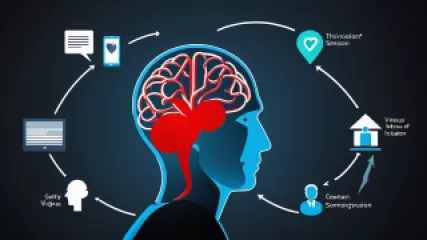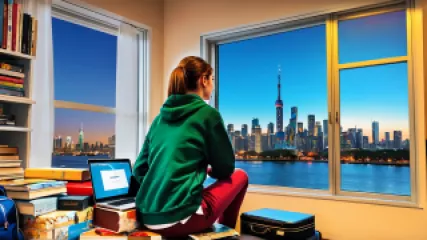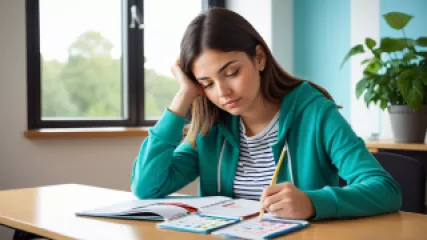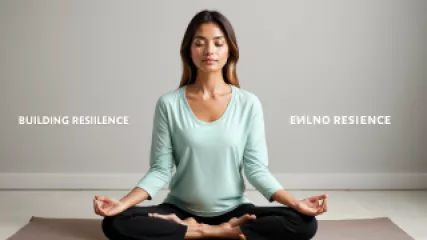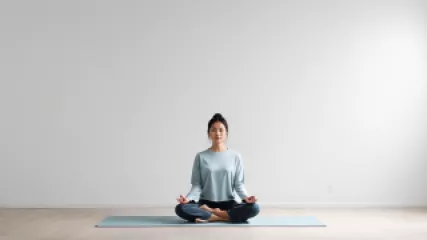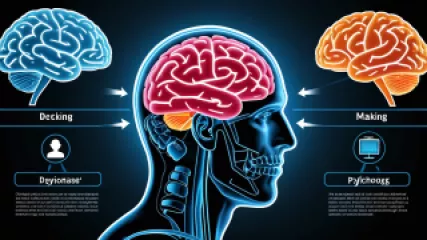7 Colorful Lessons from Movies to Improve Mental Health at Home
1 year ago
Psychology of Color in Interiors
Lessons from 'Elf' to Overcome Holiday Stress
1 year ago
Holiday Stress
Understanding the Effects of Social Isolation
1 year ago
Social Isolation Effects
Top 5 Strategies to Overcome Homesickness When Studying Abroad
1 year ago
Coping with Homesickness
10 Stress Management Techniques with Alternative Therapies
1 year ago
Alternative Therapies
How to Manage Exam Stress: Top Tips from an Online Exam Stress Coach
1 year ago
Managing Exam Stress
My Journey as a School Counselor Helping Students Thrive
1 year ago
School Counseling
Mindfulness vs. Meditation: Exploring the Nuances
1 year ago
Mindfulness vs Meditation
Building Emotional Resilience: A Step-by-Step Guide
1 year ago
Emotional Resilience
How to Manage Somatic Symptoms: 5 Proven Strategies
1 year ago
Managing Somatic Symptoms
How to Get Started with Therapeutic Writing
1 year ago
Therapeutic Writing
The Ultimate Guide to Setting Boundaries
1 year ago
Setting Boundaries
Unlocking the Secrets of Mental Health Literacy: An Interview with a Leading Expert
1 year ago
Mental Health Literacy
Expert Insights: Unlocking the Psychology Behind Effective Decision-Making
1 year ago
Psychology of Decision Making
Overcoming Self-Harm: An Honest Look at the Struggle
1 year ago
Self Harm


